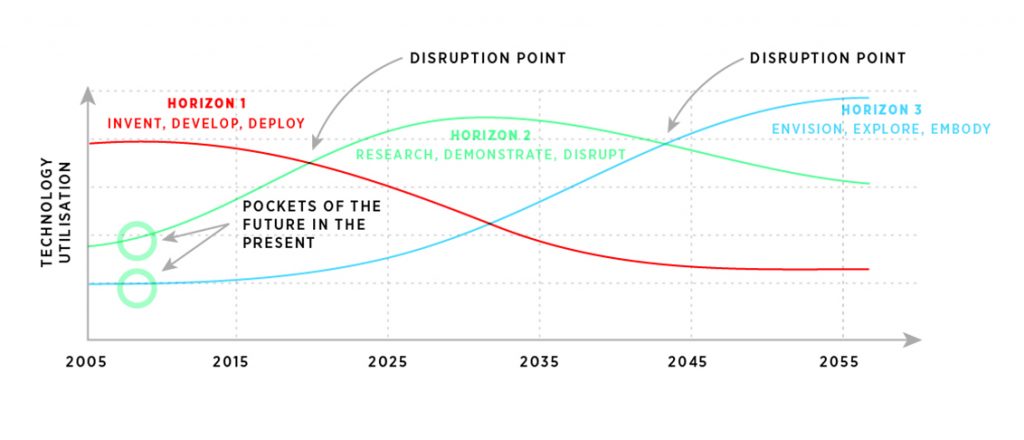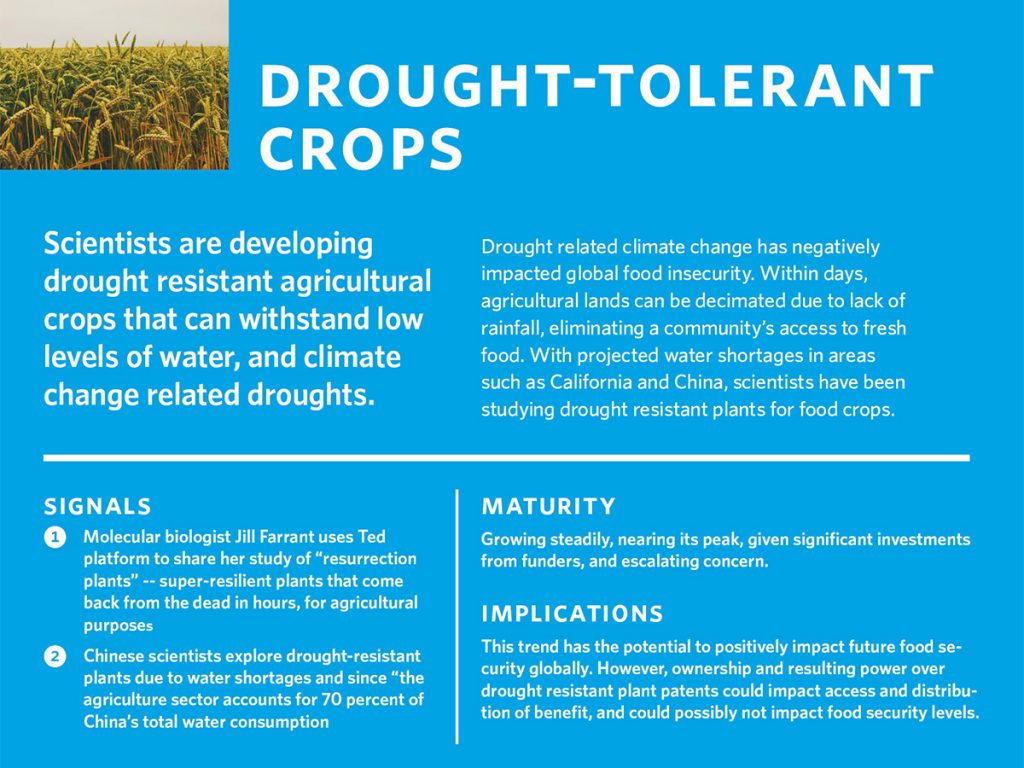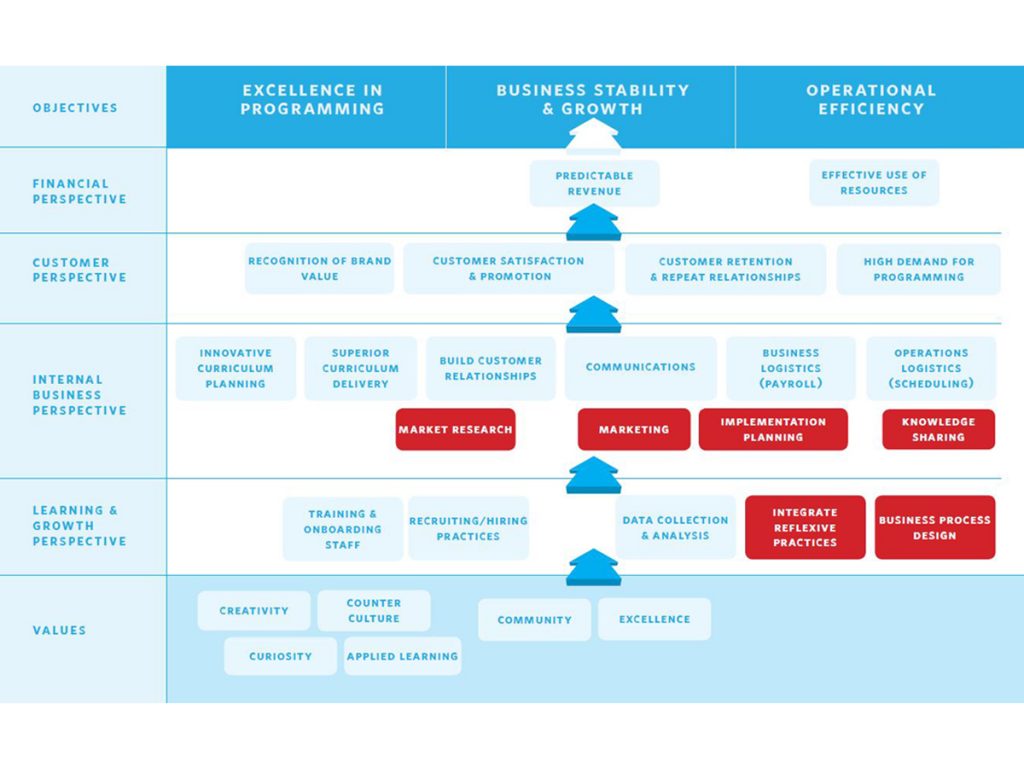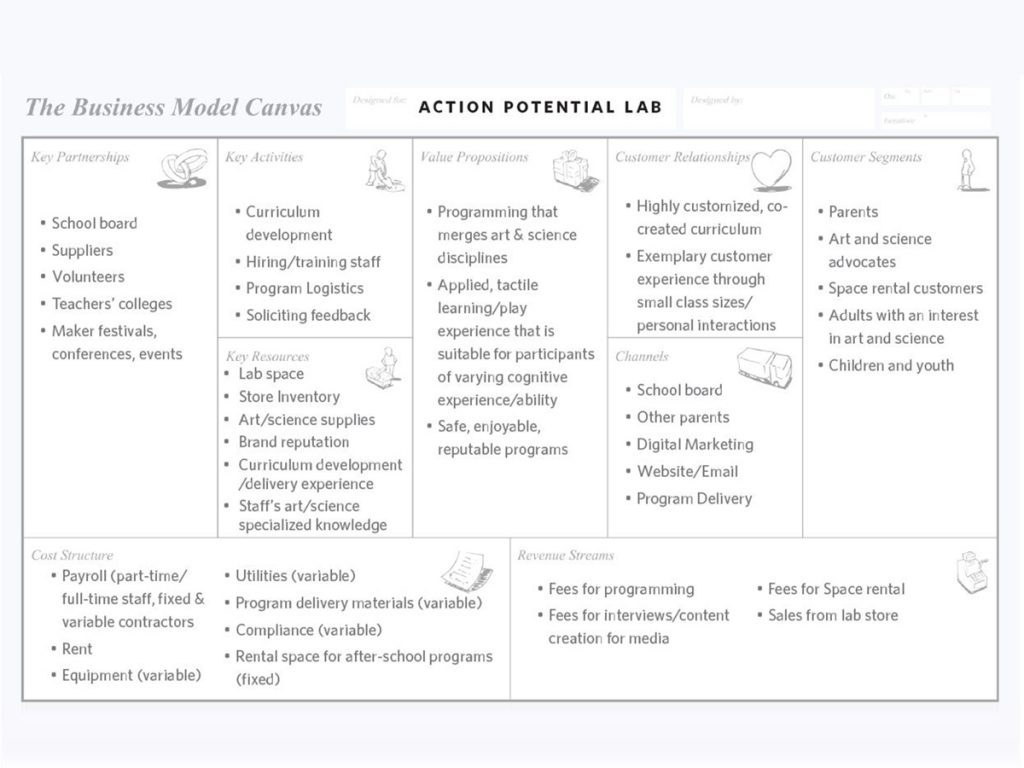I bring design thinking, strategic design and foresight to organizations that want to achieve transformation in how they create and deliver value. With a high regard for context, transferring knowledge to people and creatively building capabilities, I meet objectives with a unique set of integrated expertise.
Design thinking
The design thinking approach to projects is particularly successful in leading to the implementation of innovative, robust value propositions that create a breakthrough experience for stakeholders.
It starts with insights gathered from a deeper inquiry into the experience of users, which takes skill to capture and unravel. These insight are then be harnessed in a process of sense-making, ideation and experience design to achieve results that can give an organization an “unfair competitive advantage” in its adoption of winning strategies. It also allows us from the start to make sure we’re pursuing the right tasks for value creation.
Innovation is not merely the domain of the specialist researcher, but an area where everyone has the potential to contribute — provided effective facilitation is part of the equation. This happens in innovation workshops that starts with a cross-functional team — people willing to make something of value happen. Design thinking is really helpful in bringing it all together, because we may sometimes lack the big picture of how all the puzzle pieces fit together in achieving a deep understanding of what is required for customer value creation.
Strategy
There are many valuable strategic frameworks that have stood the test of time in moving organizations into a better present and future — as well as emerging approaches that embrace critical ideas such as the sustainable business model. I have experience in using many of these key approaches, and can effectively apply them to any new challenge in need of strategic direction. The activities that take place in a strategic development lifecycle should start with thoughtful analysis and diagnosis. In a collaborative projects for clients like Action Potential Lab and Armstrong Fluid Technology, strategic design started with understanding the background of the organizations, their vision, and progressed into looking at the businesses and an analysis of their needs.
From there, the components of strategy formulation and the wind tunneling of various strategic options are tested. A scorecard can be used to translate an organizational vision, to implement its strategy with stakeholders, and to monitor success. A full environmental analysis of the organization should be captured, with trend scanning of industry, market and macro environmental forces. A narrative of future scenarios and the different ideal options available to the organization can be communicated with highly visual form of scenario development that brings people together to see the bigger picture to strive for.
With this mix of research processes, strategic frameworks and narrative devices, a good strategist can more effectively move things to an organization’s advantage. To help with this, transition activities and capability mapping are used to find the right sequence of activities that will be needed for the transformation. In short, I can facilitate a strategic journey in which strategic activity in an organization can be elevated to encompass greater research, rigor, narrative devices for communicating the path forward, and the means to achieve the results needed.
Foresight
The complex challenges of organizations require the coming-together of people — with outlooks ranging from the wide-eyed futuristic to the soberly practical — to work together to solve complex, intertwined problems for the future world. And they must do this in spite of a formidable lack of knowledge of exactly what the future will hold. One of the foresight methods I use is the Three Horizons method, which can help a group of minds ostensibly divided by pie-in-the-sky forward-thinking and stolidly conservative impulses to constructive agreement and future-focused, forward-moving action.
The Three Horizons framework works by neutrally capturing the dynamics of change in a simple representation of patterns that point to a far-away future that can be grasped by all participants. It brings practical, workable solutions to complex issues that require systematic thinking, helping organizations better cope with external influences compared to past efforts that have lead to the incremental activities. The problems we face today are so complex and intertwined that we cannot hope to address them in piecemeal fashion, but must bring people of different mindsets together to collectively come up with solutions that can be understood and embraced by everyone. Foresight does this.





